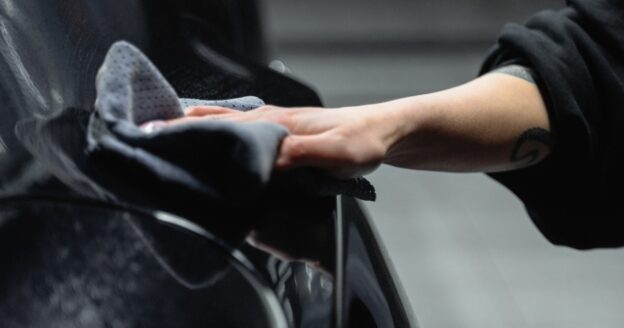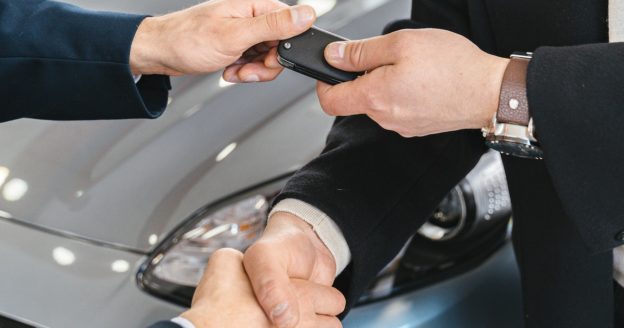Not everyone gets a tax refund at the end of the year, but if you’re one of the lucky ones who does, you might be wondering what you should do with it! While there are many fun things you can spend your money on, a lot of people like to put their tax refund to good use, such as paying down debt or making improvements around the home. Another smart idea is to put your tax refund toward the new vehicle you’ve been saving up for.
According to the IRS, the average refund amount in 2023 is $3,079. Having a few extra thousand dollars to put toward a car can be extremely helpful, especially when you’re looking to buy a used vehicle! Here are the different ways you can put your tax refund toward a used car.
Apply Toward the Purchase Price
RepoFinder provides a directory of banks and credit unions that are selling their repo inventory. They are highly motivated and eager to sell, which is why the vehicles already include a steep discount. You can find plenty of cars for under $10K and $15K.
Having a few thousand dollars to put down can reduce the purchase price significantly. You can then finance the rest of the amount, and your payments will be lower. You can also put yourself in a better position to negotiate when you come with a pre-approval for a car loan.
Cover Maintenance and Repairs
Another way you can use your tax refund is to pay for the maintenance and repairs your vehicle might need. For instance, when you purchase a repo car, it does not come with a warranty, unless the original manufacturer warranty is still intact. In this case, the warranty would transfer for you.
However, most repos do not have a warranty, which is why you buy them in as-is condition. You get a nice discount in return, but you’re also responsible for whatever problems come up. It might make more sense to save your tax refund and use it to cover the cost of maintenance and repairs, such as new tires or a professional detailing.
Pay Leasing Fees Upfront
RepoFinder does not offer cars to lease – only to buy. But leasing is still an option you may want to consider if you want a nice car without all the maintenance. A decent sized tax refund should be enough to cover a lease’s upfront costs. After this, you’ll be responsible for making your monthly payments.
Do keep in mind that leasing has some pitfalls. You can face bills for extra mileage and wear and tear when you turn the car in. You’ll also be responsible for paying these fees every time you trade in the car, otherwise they are rolled into your loan.
Use Your Tax Refund on a Repo Car!
These are some of the ways you can put your tax refund toward a used car. When you buy a car on RepoFinder, you’ll have access to many banks and credit unions in your area. We include photos and contact information so that you can negotiate directly with the seller. If you have been in need of a car and received a tax refund, this could be the way to get what you need quickly and inexpensively!











